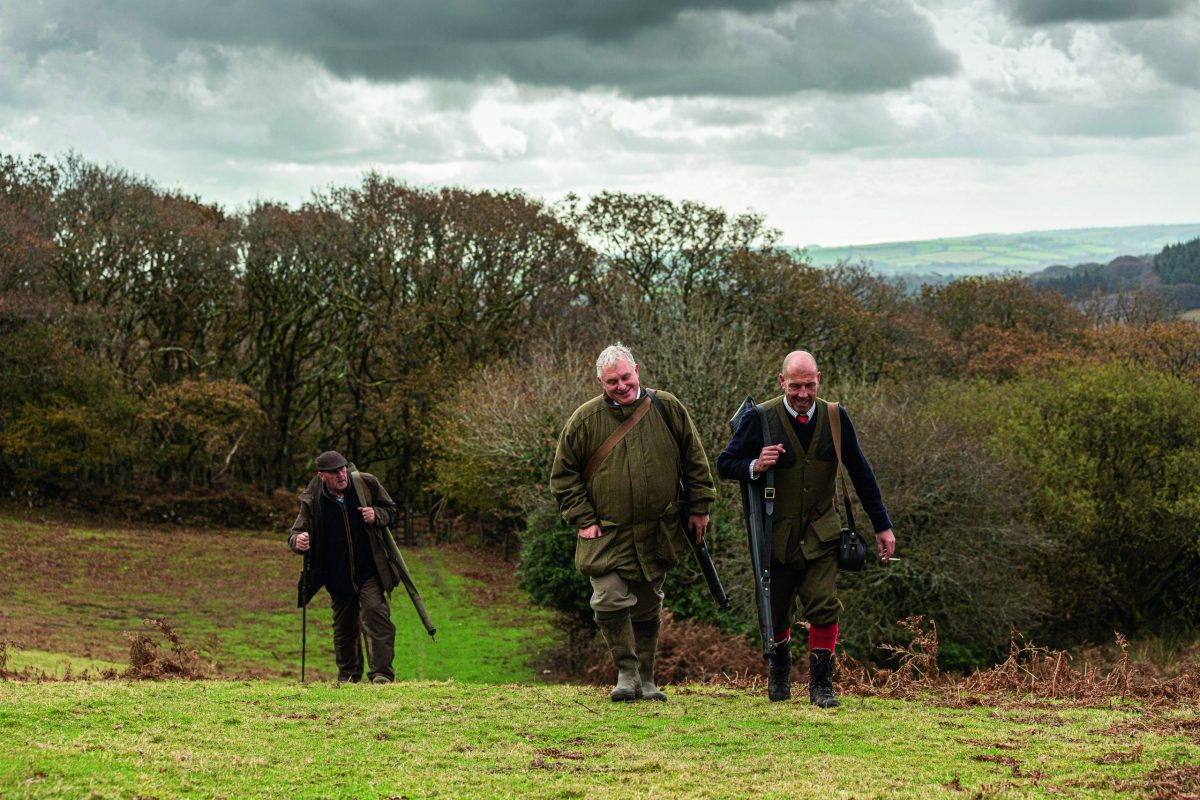Could Dartmoor pheasant release threaten rare beetle?
Natural England has warned that the birds should not be released near Dendles Wood, where there is a population of rare blue ground beetles

Part of the Blachford Estate is included in Cornwood Shoot
Alexander Darwell, the Dartmoor landowner in the news recently for successfully restricting wild camping on his land, has, according to a report in The Guardian, been warned by Natural England not to release pheasants on his ground near Dendles Wood. This wood is a surviving fragment of temperate rainforest, a rare and endangered habitat in the UK. It is protected as both a national nature reserve and as a site of special scientific interest, while it is also within the Dartmoor special area of conservation. It is directly adjacent to Darwell’s 4,000-acre Blachford Estate.
Temperate rainforest is hardly natural pheasant habitat, but pheasants are said to be one of the most numerous birds in the wood. Natural England’s concern appears to be the fact that the wood is one of the few sites in England where the blue ground beetle, Carabus intricatus, is found. At up to 38mm long, it is Britain’s largest ground beetle, and is easily recognised by its striking blue wing cases.
Long thought to be extinct in Britain, a population was found on Dartmoor in 1994. There are now thought to be eight populations on the moor. These beetles feed on slugs, climbing the mossy trunks of the trees in search of their prey. They are mainly nocturnal, but are most active and easiest to see from March until June.
Quite how much of a threat the pheasants are to the beetles is difficult to measure, for little is known about the ecology of this rare beetle. Though pheasants are generally regarded as grain eaters, they are among the most omnivorous of birds. Studies of wild pheasants, without access to feeders, have shown that they consume considerable quantities of insects in spring, summer and autumn. Ants are the most important insect food in the summer, but significant numbers of beetles are taken in the autumn.
Part of the Blachford Estate is included in the Cornwood Shoot, which is renowned for its variety of drives over diverse terrain, with high pheasants driven over deep valleys. The shoot offers driven days from 200 to 400 birds, while double guns can be arranged.








